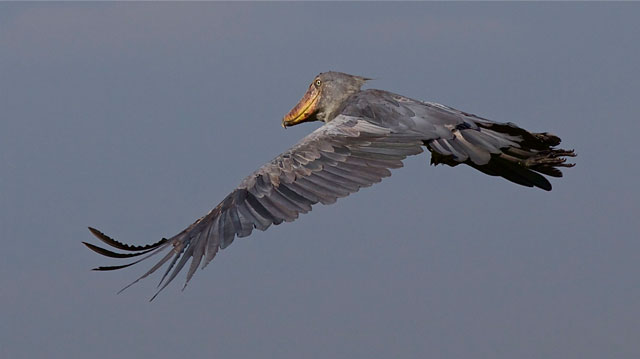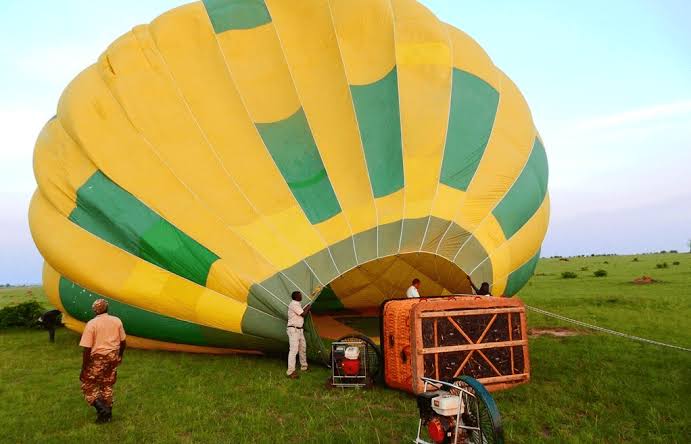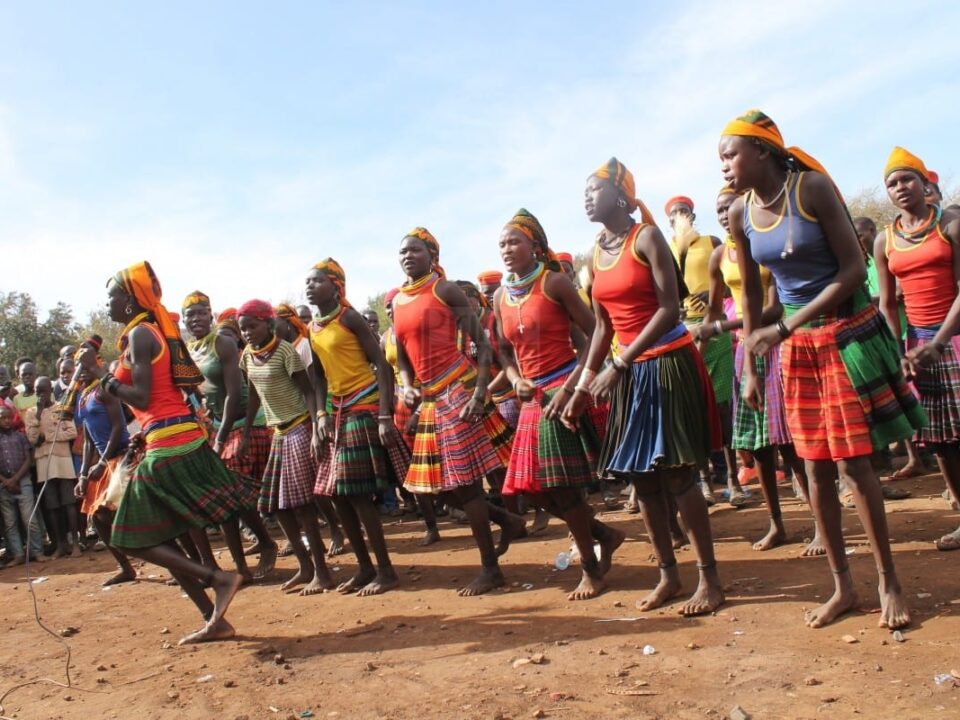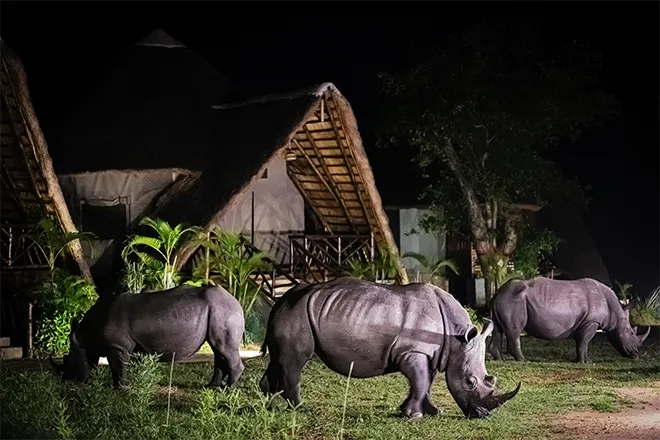- GET IN TOUCH WITH US:
- +256 753518160
- +256 777842166
- info@experiyatourcompany.com

Uganda Birding Tours: Top Hotspots
November 21, 2025
Uganda Safari Packages Under $1500
November 21, 2025Uganda Tours: Best Time to Visit
Uganda, the Pearl of Africa, is a spectacular destination that offers breathtaking landscapes, incredible wildlife, diverse cultures, and unforgettable safari experiences. Whether you dream of tracking mountain gorillas in Bwindi, cruising along the Nile River in Murchison Falls, exploring the vast savannahs of Queen Elizabeth National Park, or hiking the Rwenzori Mountains, choosing the right time to visit Uganda can significantly enhance your travel experience. Uganda’s beauty remains captivating all year long, but certain seasons offer better weather, clearer views, more wildlife sightings, and smoother safari logistics. Understanding Uganda’s climate and travel seasons helps travelers plan tours that align with their interests, comfort preferences, and budget. This detailed guide explores the best time to visit Uganda, what each season offers, how weather affects safari activities, and tips for planning your adventure. Whether you’re coming for wildlife, photography, adventure, culture, or relaxation, Uganda welcomes you with something special in every season.
Understanding Uganda’s Climate
Uganda enjoys a pleasantly warm, tropical climate with moderate temperatures throughout the year. Located near the equator, the country has no extreme seasons but alternates between dry and wet periods. The highlands, such as Bwindi and the Rwenzori regions, experience cooler temperatures, while the lowlands and northern areas can get warm during midday. The equatorial location keeps temperatures steady, but rain patterns define the travel seasons.
Best Time to Visit Uganda: The Dry Seasons
June to September
This is widely considered the best time to visit Uganda for safari and gorilla trekking. The weather is dry, roads are more accessible, and wildlife is easier to spot as animals gather around water sources. The trekking trails in Bwindi and Mgahinga are firmer, making gorilla trekking more comfortable and predictable. Travelers find this season excellent for photography due to clear skies and abundant light.
December to February
Another excellent window for Uganda tours, the December–February season offers sunny days, minimal rainfall, and great wildlife sightings. This period is especially favorable for birdwatching, as many migratory species arrive. The drier conditions also make chimpanzee trekking in Kibale Forest enjoyable, with less mud and easier navigation through the forest.
Visiting Uganda in the Wet Seasons
March to May
This is the long rainy season in Uganda. While rainfall is more frequent and roads may be muddy, the landscape bursts with greenery, making it a beautiful season for nature enthusiasts. Lodge prices drop significantly, and gorilla permits are easier to obtain. Photographers enjoy rich colors, dramatic clouds, and vibrant vegetation. Despite the rain, wildlife remains active, though some trails become more challenging.
October to November
The short rainy season brings periodic showers but is still suitable for most safari activities. The rains revive the landscape after the dry months, and birdwatching becomes outstanding due to breeding activity. This period is excellent for budget travelers seeking fewer crowds and more affordable accommodation.
Best Time for Gorilla Trekking in Uganda
Gorilla trekking is possible year-round, but the dry months offer the best experience.
Best months:
June to September
December to February
During these periods, trails in Bwindi Impenetrable National Park and Mgahinga Gorilla National Park are less slippery, forest visibility is better, and trekking conditions are more predictable. However, the rainy seasons also offer unique advantages for travelers willing to embrace adventure; gorillas often stay closer to the lower slopes because food is abundant, resulting in shorter trekking times.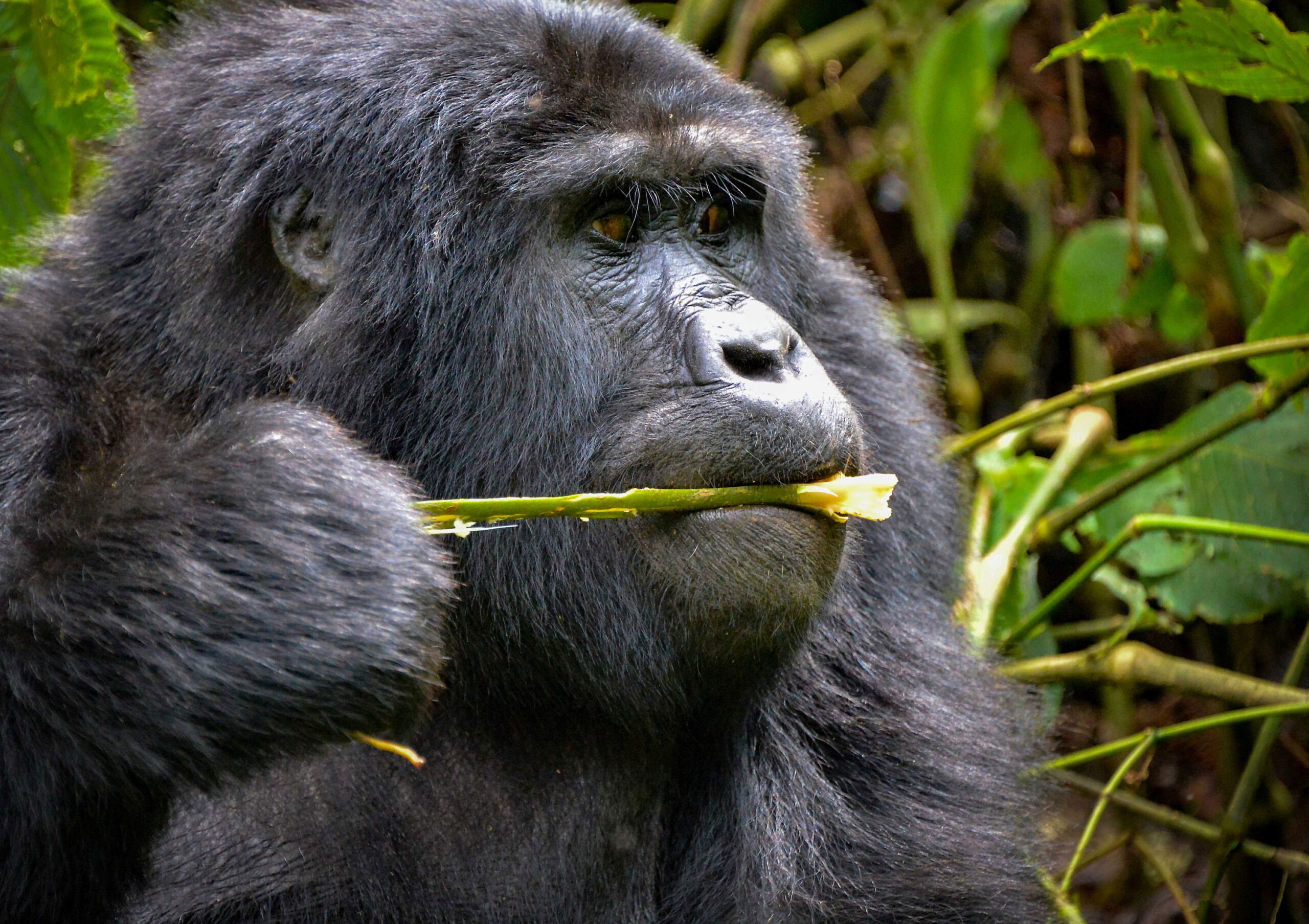
Best Time for Wildlife Safaris
Uganda’s savannah parks—Murchison Falls, Queen Elizabeth, Lake Mburo, and Kidepo Valley—shine during the dry seasons. Wildlife gathers at rivers and waterholes, making game drives highly rewarding.
Peak safari months:
June to August
December to February
During the rainy seasons, animals disperse into greener areas, making sightings slightly more challenging, although the parks remain beautiful and peaceful.
Best Time for Birdwatching
Uganda is a birdwatcher’s paradise, with over 1,100 recorded species. While birding is excellent all year, some months offer exceptional viewing.
Best months:
November to April
Migratory species from Europe and Asia arrive, and many local birds breed, displaying colorful plumage.
Good months:
June to September
Ideal for spotting endemic forest species, especially in Bwindi and Semuliki.
Best Time for Hiking and Adventure Activities
Uganda’s mountain ranges and volcanoes offer thrilling trekking experiences. The Rwenzori Mountains, Mount Elgon, and Mgahinga volcanoes are best climbed during the dry seasons when trails are more manageable.
Best months for hiking:
June to August
December to February
Wet seasons can make the trails slippery and challenging, especially in high-altitude regions prone to frequent rain and mist.
When to Visit Uganda for Cultural Tours
Cultural experiences are available year-round, including visits to the Batwa community near Bwindi, the Karamojong pastoralists in the northeast, and traditional Buganda and Bunyoro heritage sites. Dry seasons allow for easier travel between regions, but cultural tours are enjoyable and accessible in every season.
Best cultural seasons:
All year, with dry seasons offering easier transportation and logistics.
When to Visit Uganda for Photography
Uganda’s photography opportunities vary by season.
Best for wildlife photography:
June to September
Animals gather in open areas, and the lighting is consistent.
Best for landscape photography:
March to May and October to November
Verdant landscapes, dramatic skies, and dynamic lighting.
Best for gorilla and primate photography:
December to February
Clear visibility and comfortable trekking.
High, Low, and Shoulder Travel Seasons in Uganda
High Season
June to September
December to February
Expect higher prices for lodges, early booking requirements for gorilla permits, and moderate visitor numbers—although Uganda remains less crowded than neighboring countries.
Low Season
March to May
October to November
This is the rainy period, offering discounted accommodation, lower safari costs, and excellent value for travelers who don’t mind occasional showers.
Shoulder Season
Late November
Early December
A great time to enjoy mild weather and fewer crowds.
What to Expect by Region and Season
Southwestern Uganda (Bwindi, Mgahinga, Lake Bunyonyi)
Best in dry seasons for trekking; wet seasons are lush but muddy.
Western Uganda (Kibale, Queen Elizabeth, Semuliki)
Dry seasons offer easier forest trekking; wet seasons are superb for birding.
Northern Uganda (Murchison Falls, Kidepo Valley)
Dry seasons are ideal for wildlife viewing, though Kidepo remains striking year-round.
Central Uganda (Kampala, Entebbe, Mabamba Swamp)
Birding and cultural tours are excellent in all seasons.
Tips for Choosing the Best Time to Visit
Consider your goals—wildlife, gorillas, birds, culture, photography
Book gorilla permits early for peak season
Expect higher prices during dry seasons
Pack accordingly for rain even during dry months
Use flexible itineraries in wet seasons
Plan early morning activities to avoid midday heat
Uganda rewards travelers in every season; the key is aligning the timing with your personal interests.
Why Uganda Is a Year-Round Destination
Predictable temperatures
Flexible safari schedule
Unique wildlife experiences anytime
Fewer crowds than other African destinations
Variety of landscapes rewarding in all seasons
Uganda’s ever-changing weather enriches the travel experience, offering new colors, scents, and wildlife moments at every turn.
Book Your Uganda Tour with Experiya Tour Company
Experiya Tour Company offers expertly planned Uganda safari tours tailored to your preferred travel season. Whether you want to trek gorillas during the dry months, enjoy birdwatching in the green season, or explore cultural sites year-round, Experiya designs personalized itineraries that match your interests, comfort level, and budget. Book your Uganda tour with Experiya Tour Company today and explore the Pearl of Africa at the perfect time for you.

